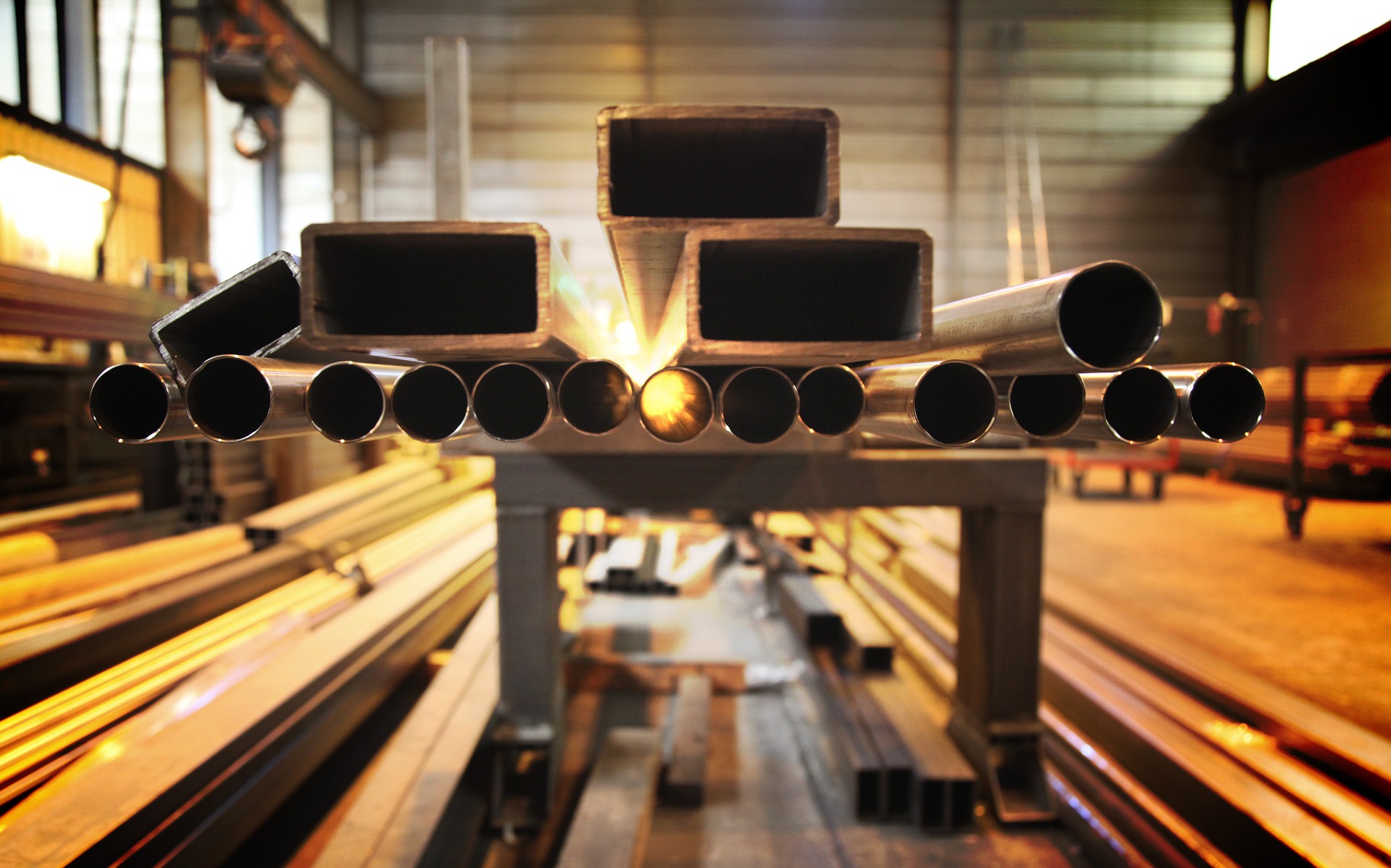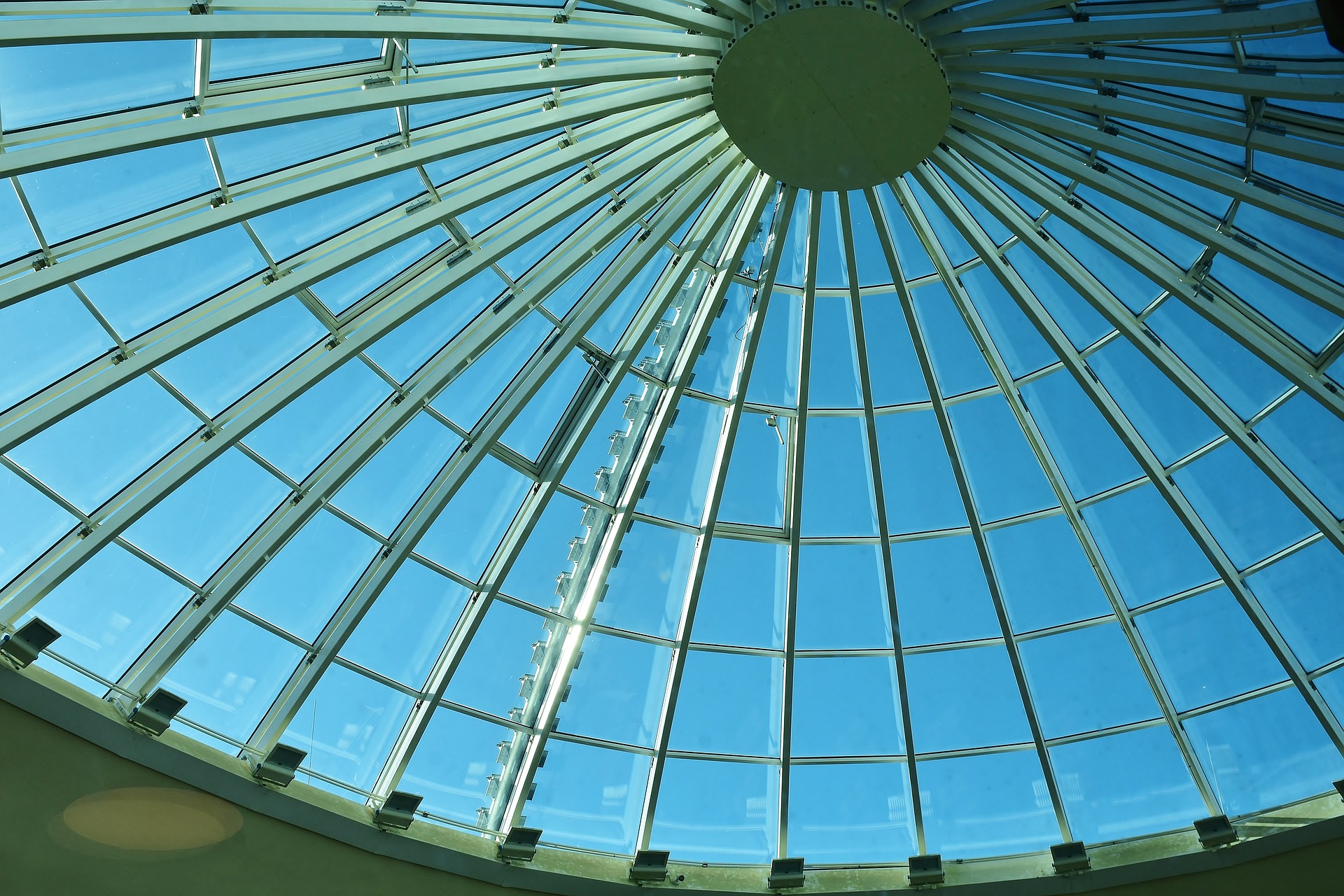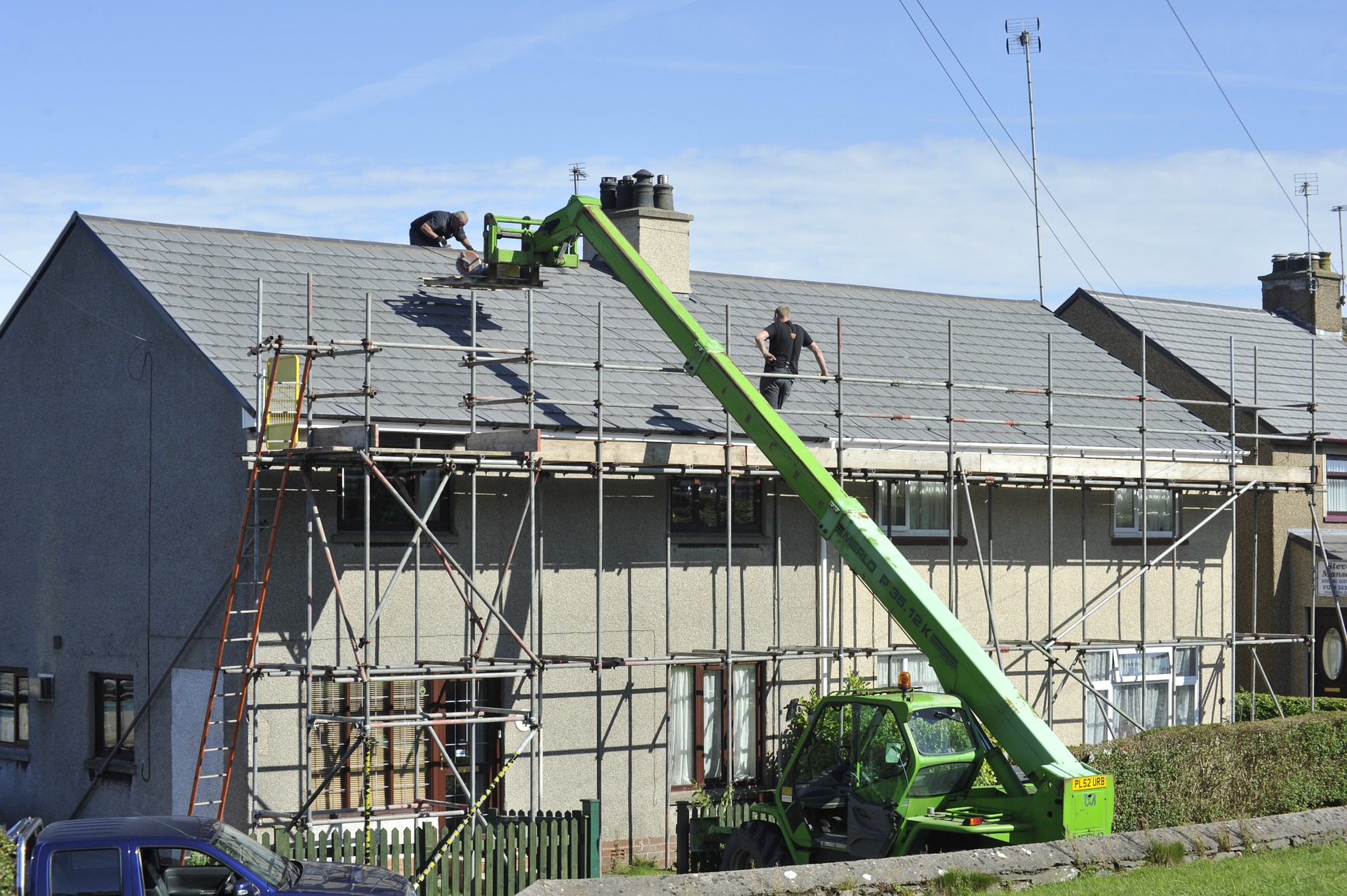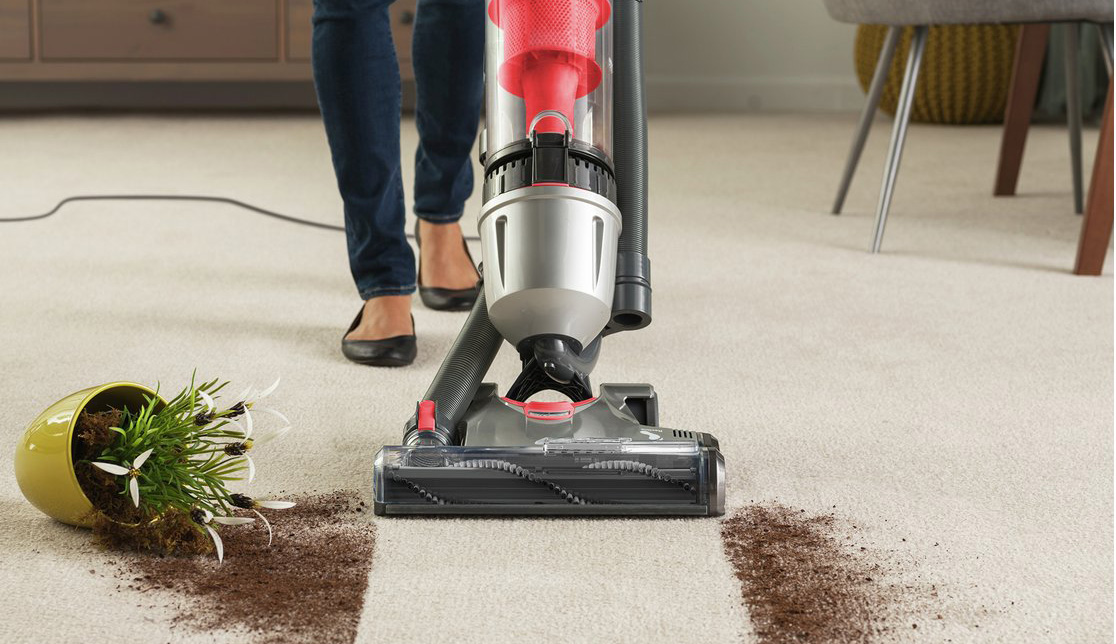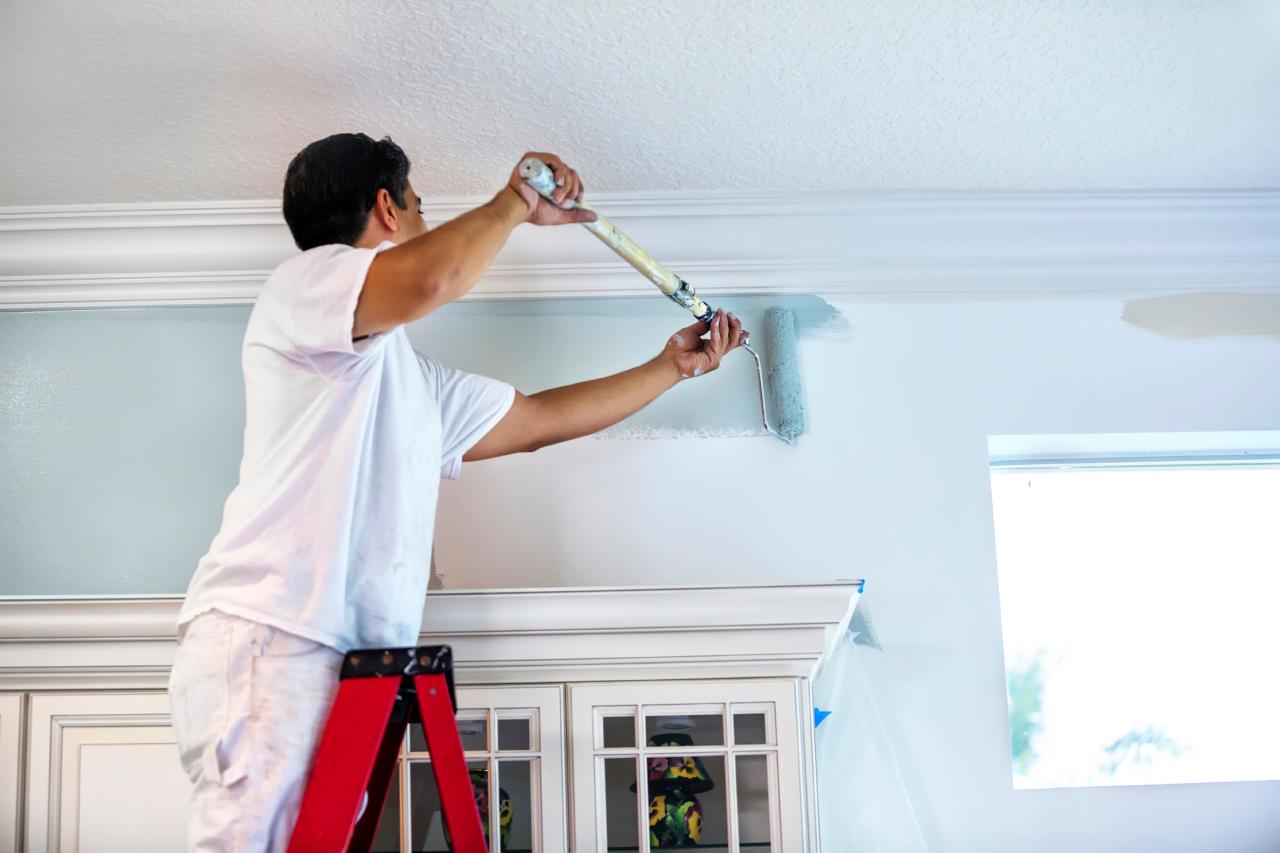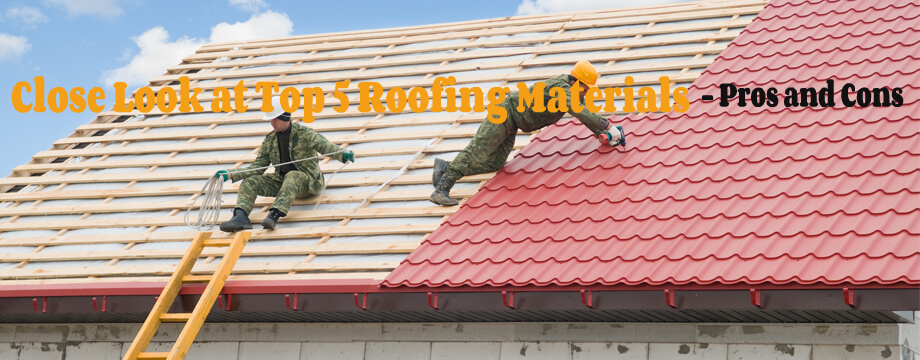Stainless steel is easily one of the most useful materials on earth. For several thousand years now, steel has been the standard choice for any purpose that requires extreme strength. Even though base iron may be harder, it is also more brittle and much more sensitive to oxidation (i.e. rusting). Stainless steel was a big leap forward because, for the first time, people had steel items that would not rust.
Structural:
Stainless steel isn’t often what we think of as a material for structural supports, but it does an excellent job. If it were not for the fact that stainless steel is slightly more expensive than regular steel, it would probably be used for this purpose more often. There are many ways in which stainless steel can be used for structural purposes. Fittings from stainless steel are also very useful and reliable.
For structural use, the best stainless steels to use are 304, 316, 409, 410-3, and 2205. These steels can be used for girders and other support members, as well as a rebar substitute for the reinforcement of concrete.
Drainage Equipment:
When it comes to rain gutters and downspouts, stainless steel is obviously your best choice. Its resistance to corrosion makes it uniquely suited for water-carrying purposes. Aluminum is a much more common material for this purpose, but it cannot even come close to matching the strength of steel. If you are adding gutters and downspouts to a large building, it is all the more important to use materials that will hold up to all of nature’s abuse. Falling gutters and spouts can cause damage and injury to those below, so choose something that won’t be ripped to pieces in the next large storm. Stainless steel is not only more attractive but also better-suited for this purpose.
Barriers:
Security is something that must be taken into account for any building project, especially if the building is located in a large city with a high crime rate. A stainless steel barrier is superior to most other choices in this regard because of its longevity, and also because it is very hard to destroy. For instance, you might want a few posts outside your building as a vehicle barrier, just to make sure that it isn’t possible to ram a car through the front door. Concrete posts would work, but they will eventually crack from strain and weathering. This means you will have to pay for a new post. With thick stainless steel posts, you can be pretty sure that nothing short of a semi-truck is getting past, and that the weather will make no real difference.
Roofing:
Metal roofing has long been known as one of the best choices. Most homes are roofed with asphalt shingles that have an unpleasant habit of flying off in windstorms. Although they do a good job of shedding water, asphalt shingles just aren’t very sturdy. They are only popular because of their low cost and high availability. Traditionally, tin has been the metal roof material of choice, but with the advancement of new and improved stainless steels, this is quickly changing. Check out this guide for the use of stainless steel in roofing, and you might be pleased with what you see.
Read Also:













